Highlights
- Succulents can turn pink due to sun or heat stress, overwatering, pests, root rot, or nutrient deficiency.
- To fix the issue, you need to identify the cause, fix the watering schedule, fix placement, fertilize it, apply pesticide, and repot(if needed).
If your succulents are turning Pink or have already become so, still you can recover them. In this article, I have discussed the root cause of this and how to fix it in easy steps.
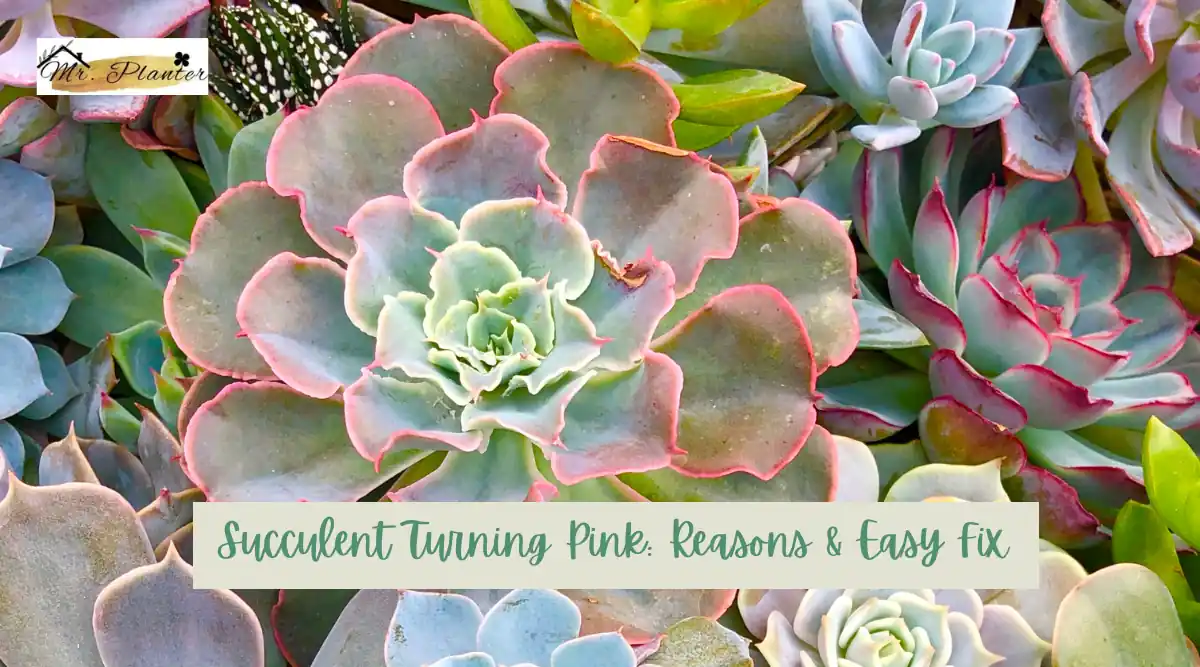
This is Why Your Succulent is Turning Pink
The reasons for succulent leaves to turn pink are:
- Too Much Heat or Stress
- Watering Problems
- Pest Infestation
- Root Rot
- Nutrient Deficiency
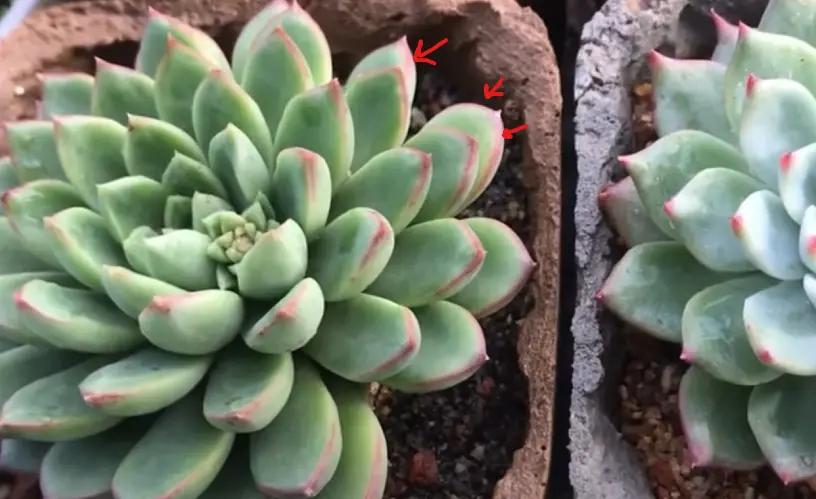
Too Much Heat or Stress
Succulents are adapted to thrive in hot, dry conditions, but they can become stressed if they are exposed to extreme heat or sudden changes in temperature.
This stress can cause the leaves or tips of the succulent to turn pink or other bright colors. Also, succulents may get sunburn when exposed to direct sunlight.
Fix for this particular cause: If you suspect that your succulent is experiencing temperature stress, try moving it to a cooler, shadier spot and avoid exposing it to direct sunlight during the hottest part of the day.
Watering Problems
Check if you are overwatering the succulents and also if the drainage is proper!
Overwatering can cause your succulent’s roots to rot, which can lead to pink or discolored leaves.
Additionally, if the soil doesn’t drain properly, the roots can become waterlogged and begin to rot.
Fix for this particular cause: To prevent excessive watering, it is important to allow the soil to dry out completely before watering again. Additionally, using a soil mix that allows for proper drainage can help ensure the plant’s health.
Pest Infestation
If you suspect that your succulent has a pest infestation, inspect the plant closely for any signs of bugs or fungus.
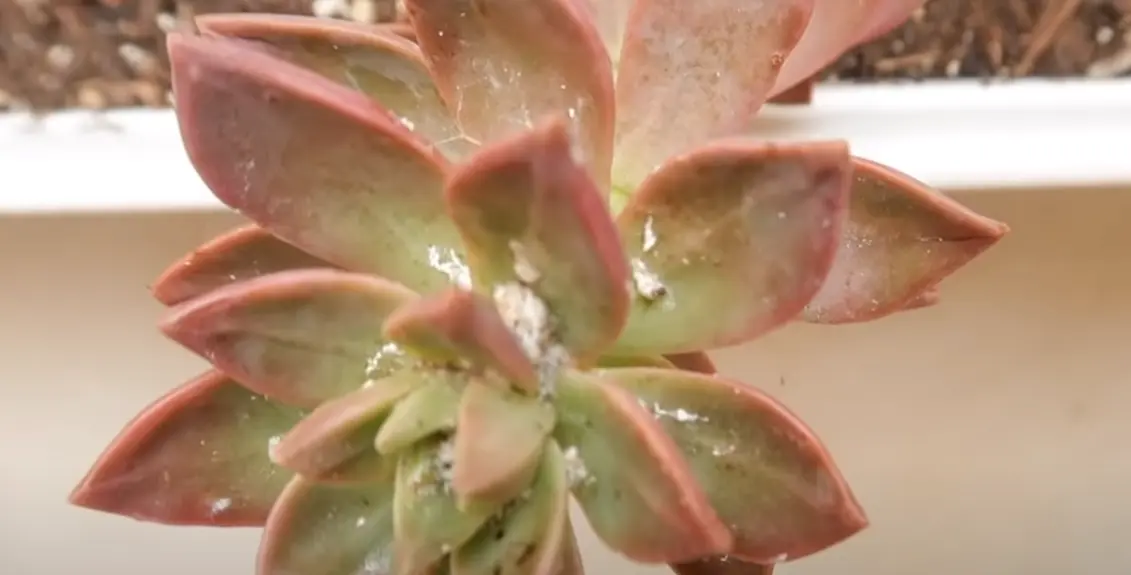
Pests such as mealybugs, spider mites, and scale insects can also cause a succulent to turn pink. Also, fungal infection Anthracnose can also cause this.
Fix for this particular cause: You can remove pests by wiping the leaves with a cotton swab dipped in rubbing alcohol or by using an insecticidal soap. Also, pruning the affected leaves helps.
Root Rot
Root rot is a fungal disease that can cause a succulent to turn pink or reddish color.
This disease is caused by overwatering or poor drainage, which can lead to the roots becoming waterlogged and rotting.
Fix for this particular cause: To fix this, the only way is to keep roots dry in the sun for some time and then repot it again.
Nutrient Deficiency
Finally, a nutrient deficiency can also cause a succulent have pink tinges on them. Succulents require a balanced mix of nutrients to stay healthy, and a lack of certain nutrients can cause discoloration and other health issues.
For pink tinge mainly deficiency of Phosphorous is considered.
If you suspect that your succulent is suffering from a nutrient deficiency, try fertilizing it with a balanced fertilizer specifically designed for succulents.
Note: Nutrient deficiency may be different from Succulents to succulents that is getting pink color.
How to Fix Succulents Turning Pink?
To fix your succulent that already turned pink follow these steps:
- Change the Location of Succulent
- Provide Ideal Condition to Succulent to Reduce Stress
- Adjusting the Watering Schedule
- Spraying Pesticides
- Provide Proper Nutrition
- Repot the Succulent in Case of Root Rot
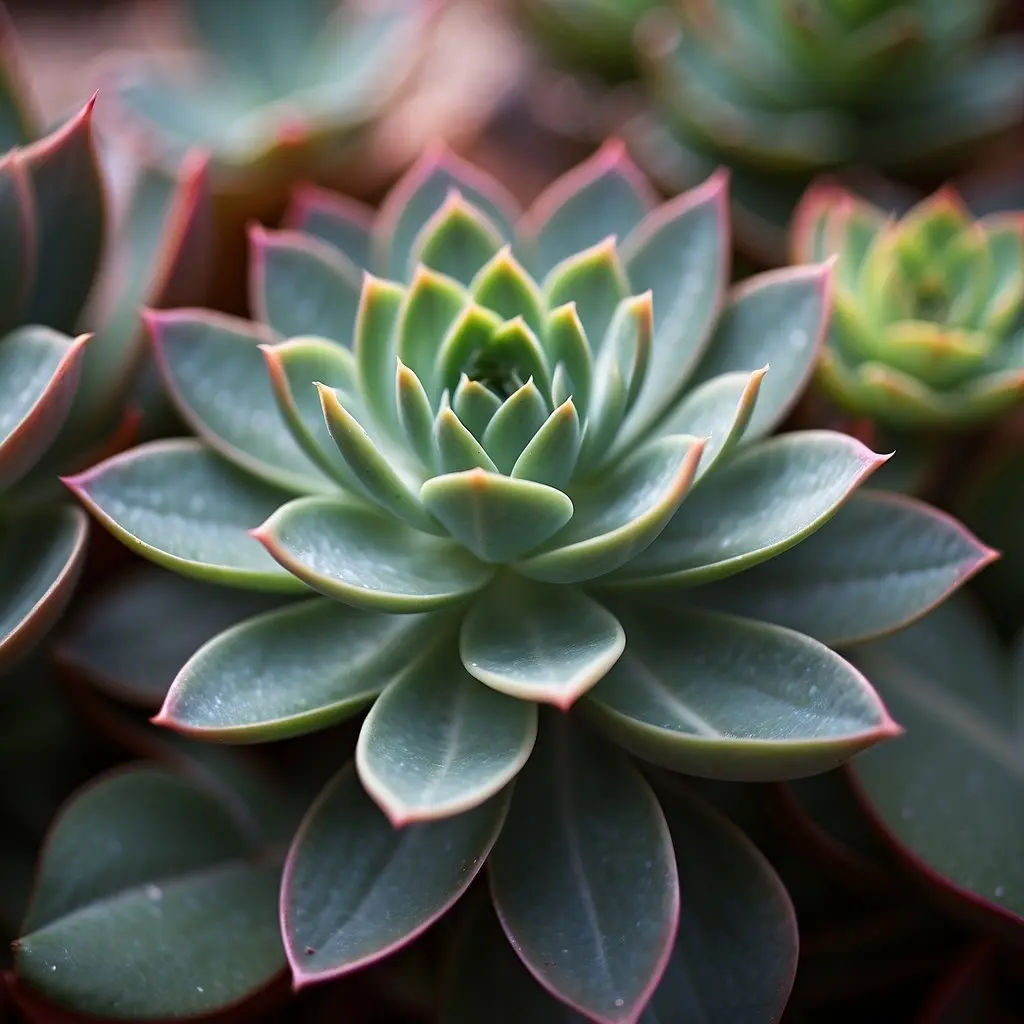
Change the Location of Succulent
If your succulent is getting too much sunlight, it can cause the leaves to turn Pink color.
To fix this issue:
- You can move your succulent to a location that receives only 6 hours of indirect sunlight per day.
- If your succulent is overexposed, you may want to consider adding some shade sail or covered roof to protect them.
Provide Ideal Condition to Succulent to Reduce Stress
To reduce stress, you should provide your succulent with ideal care conditions.
Make sure that the soil is well-draining and that you are not overwatering your succulent.
You should also make sure that the temperature is not too hot or too cold for your succulent.
Adjusting the Watering Schedule
To fix this issue, you should adjust your watering schedule.
Make sure that the soil is completely dry before watering your succulent again.
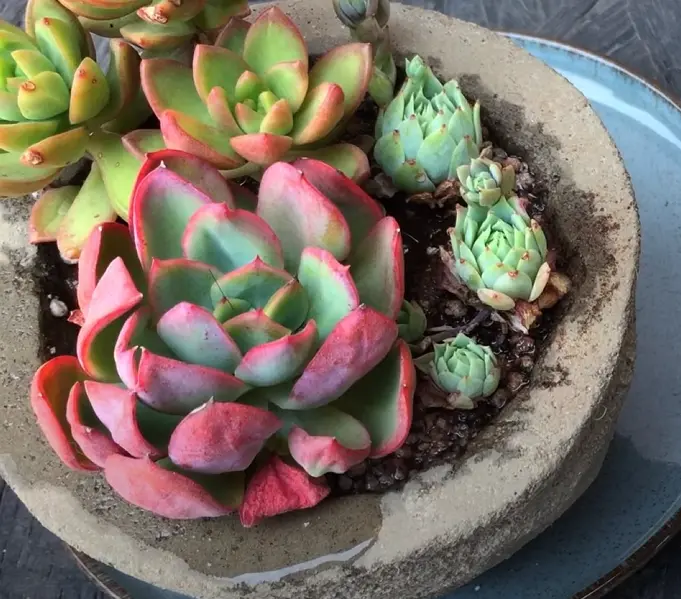
You should also make sure that you are not watering your succulent too frequently.
Spraying Pesticides
You can spray pesticides on the succulent if it has some pest infestation. However, you should be careful when using pesticides as they can harm your succulent.
Make sure that you are using the right type of pesticide and that you are following the instructions carefully.
If you are looking for a natural alternative to pesticides, you can try spraying your succulent with neem oil. Neem oil can help get rid of pests without harming your succulent.
It is recommended to apply neem oil only during the night or in shady areas to avoid the issues mentioned earlier.
Provide Proper Nutrition
If you find the issue is due to a lack of nutrients, you can provide it with proper nutrition by fertilizing it.
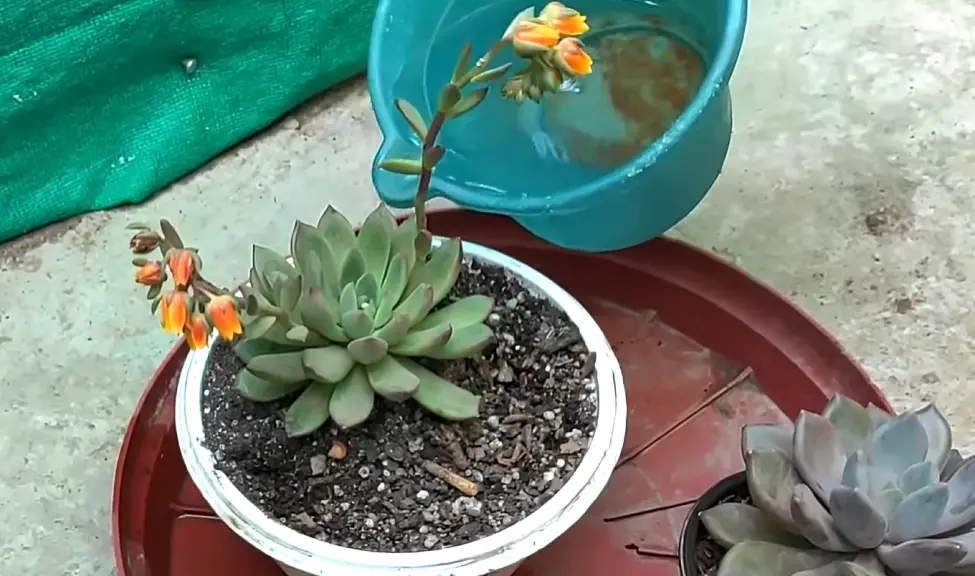
Use NPK fertilizer 1.5g/liter on your succulent. Make sure that you are using a high-quality NPK fertilizer. Use this mixture 100/150 ml on each succulent plant in gaps of 30 days.
Use this especially during the winter season. Avoid using it during the summer season.
Repot the Succulent in Case of Root Rot
If your succulent is turning Pink due to root rot, you should repot it.
Make sure that you are using a well-draining succulent soil mix and that you are not overwatering your succulent.
You should also make sure that you are not damaging the succulent roots when repotting it.
My Final Thoughts
By following the above solutions, you can fix the issues. However, it’s important to remember that prevention is always better than cure.
Make sure that you are taking good care of your succulent to prevent any problems from occurring in the first place.
Similar to this succulent issue, also learn about:

